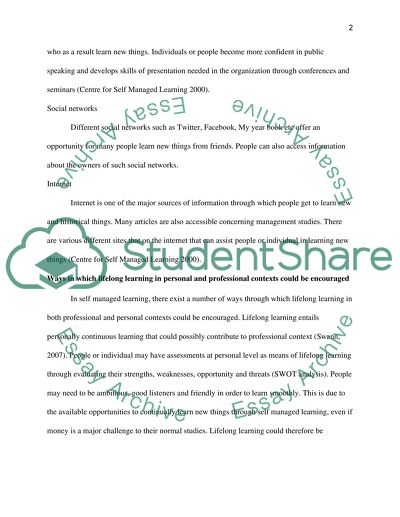Cite this document
(Effective Mechanism of Studying in Learning Groups Term Paper, n.d.)
Effective Mechanism of Studying in Learning Groups Term Paper. Retrieved from https://studentshare.org/education/1617441-sel-managed-learning-in-the-context-of-lifelong-learning
Effective Mechanism of Studying in Learning Groups Term Paper. Retrieved from https://studentshare.org/education/1617441-sel-managed-learning-in-the-context-of-lifelong-learning
(Effective Mechanism of Studying in Learning Groups Term Paper)
Effective Mechanism of Studying in Learning Groups Term Paper. https://studentshare.org/education/1617441-sel-managed-learning-in-the-context-of-lifelong-learning.
Effective Mechanism of Studying in Learning Groups Term Paper. https://studentshare.org/education/1617441-sel-managed-learning-in-the-context-of-lifelong-learning.
“Effective Mechanism of Studying in Learning Groups Term Paper”, n.d. https://studentshare.org/education/1617441-sel-managed-learning-in-the-context-of-lifelong-learning.


